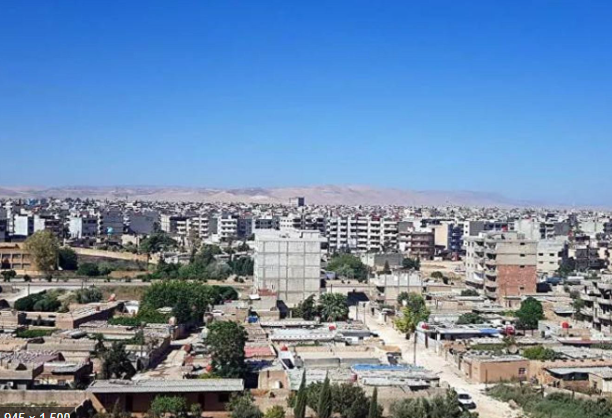Hasakah Governorate is located in northeastern Syria and is the second-largest governorate by area after Homs, covering approximately 23,334 square kilometers. It boasts a strategic location near the Iraqi and Turkish borders, serving as an important gateway between Syria and its neighbors.
1. Historical Overview
Hasakah is considered the cradle of ancient civilizations such as the Sumerians and Assyrians, and it was a connecting point between Mesopotamia and the Levant. Various peoples lived there throughout the ages, including the Chaldeans, Hittites, and Arameans. The region flourished during the Neo-Assyrian period and was a significant commercial center on ancient trade routes. In Islamic times, Hasakah became an important agricultural area within the Abbasid Caliphate.
2. What is it Known For?
- Agriculture: It's one of the largest areas for cultivating wheat, barley, and cotton in Syria, in addition to vegetables and fruits.
- Livestock: Raising animals such as sheep and goats.
- Oil and Gas: It's one of Syria's most important oil-producing regions.
- Handicrafts: Especially the production of traditional carpets and textiles.
- Environmental Diversity: It includes important natural marshes and lakes.
3. Key Tourist and Historical Landmarks
- Tell Brak Archaeological Site: Dates back to the third millennium BCE and contains remnants of the Ugaritic civilization.
- Qal'at Ja'bar: A historic castle dating back to the Middle Ages, located near Hasakah city.
- Ancient Ras al-Ain City: Contains remains of old historical cities.
- Marshes and Lakes: Such as Lake Assad and wetlands that are considered nature reserves and host rare bird species.
- Scattered archaeological sites: Reflecting the region's civilizational diversity.
4. Geography and Climate
The governorate is characterized by a desert nature with vast plains and agricultural areas surrounding rivers like the Khabur River. Its climate is continental desert, with hot, dry summers and cold winters, and limited rainfall concentrated in the winter.
5. Culture and Customs
It is home to diverse ethnic groups: Kurds, Arabs, Syriacs, Assyrians, and Armenians, making it a rich center of diverse cultural heritage. Celebrations vary between different religious holidays, such as Nowruz for Kurds and Christmas for Christians, in addition to folklore, music, and traditional dances.
6. Economic Activities
Hasakah relies on intensive agriculture as its primary pillar, especially wheat and cotton. In addition, livestock farming and oil industries provide a significant portion of the local income. There are also some artisanal workshops and modest handicrafts in cities and villages.
7. Major Cities and Towns
- Hasakah (Administrative and Cultural Capital)
- Qamishli (largest city in the governorate, economic and commercial center)
- Ras al-Ain (important border city)
- Amuda (known for its cultural diversity)
- Al-Malikiyah (located on the Turkish border)
8. Infrastructure and Services
The governorate has a road network connecting the main cities to each other and to neighboring governorates, but some areas suffer from weak infrastructure due to conflicts. It contains hospitals and health centers, as well as schools and Hasakah University, which serves students from across the governorate.
9. Current Situation and Challenges
Hasakah has experienced recurrent security and political tensions over the past decade, with repercussions from the Syrian conflict and the impact of multiple controls over parts of the governorate. The governorate faces challenges in reconstruction, providing basic services, and improving infrastructure, in addition to fostering coexistence among various ethnic and religious components.
10. Prominent Figures
- Several writers, poets, and intellectuals of Kurdish and Arab origins who have enriched Syrian culture.
- Activists in social and political fields from the governorate.

